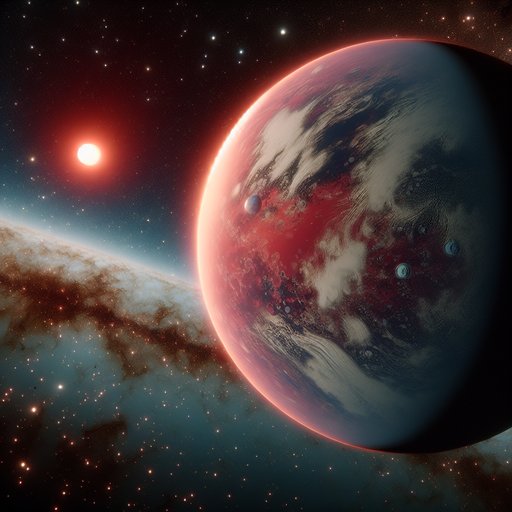
Astronomers have turned a once-sci-fi idea into a real laboratory with Kepler-47, a binary-star system hosting three confirmed planets. First revealed by NASA’s Kepler mission in 2012 with two worlds, the system gained a third planet in 2019 after deeper analysis of the spacecraft’s extended dataset. Kepler-47 remains the benchmark for studying how planets form and survive in the shifting gravity fields of two suns, offering rare insight into circumbinary architectures.

Humanity has not yet launched a dedicated probe to another star, but the first attempts have already begun in spirit, hardware, and plans. Our earliest deep-space emissaries are drifting toward the galaxy, while ambitious concepts—from nuclear pulse rockets to laser-driven sails—chart routes we might take. Together, these missions and studies outline a practical path from the edge of our heliosphere to targeted expeditions of the nearest stars.

Among the most intriguing multi-star planetary systems known is Kepler-47, where multiple planets orbit a pair of stars. First revealed by NASA’s Kepler mission in 2012 and expanded with a third planet in 2019, the system showed that planet formation can proceed and persist in the complex environment around an eclipsing binary. By tracking the planets’ transits as the stars whirl around each other, astronomers mapped out a compact, dynamically stable architecture that challenges simple models of how and where worlds can form. Kepler-47 has become a touchstone for understanding circumbinary planets and the limits of planetary stability.

Astronomers in 2024 announced Gliese 12 b, an Earth-size exoplanet just 40 light-years away that orbits a cool red dwarf star every 12.8 days. Detected by NASA’s TESS mission via the transit method and confirmed with follow-up observations, the planet receives slightly more starlight than Earth. Its estimated equilibrium temperature is around 42 degrees Celsius if it lacks an atmosphere, placing it near the inner edge of its star’s habitable zone. Whether Gliese 12 b is actually habitable remains unknown, but its proximity and size make it one of the most promising nearby targets for probing a temperate world’s atmosphere with current telescopes.











































